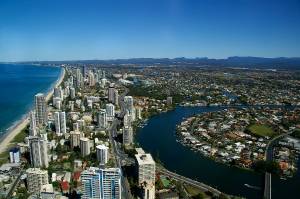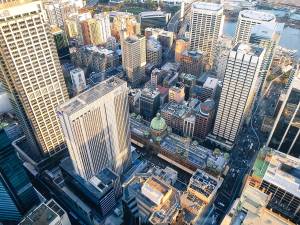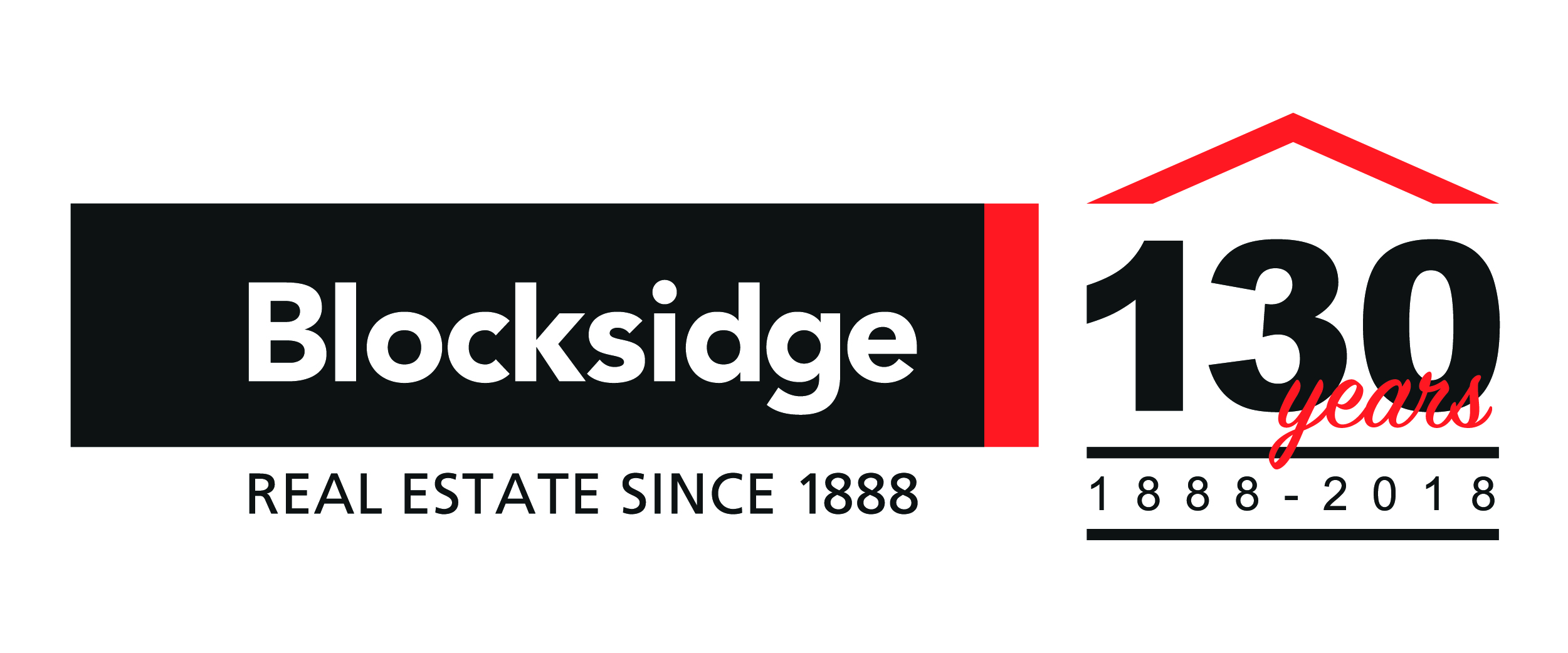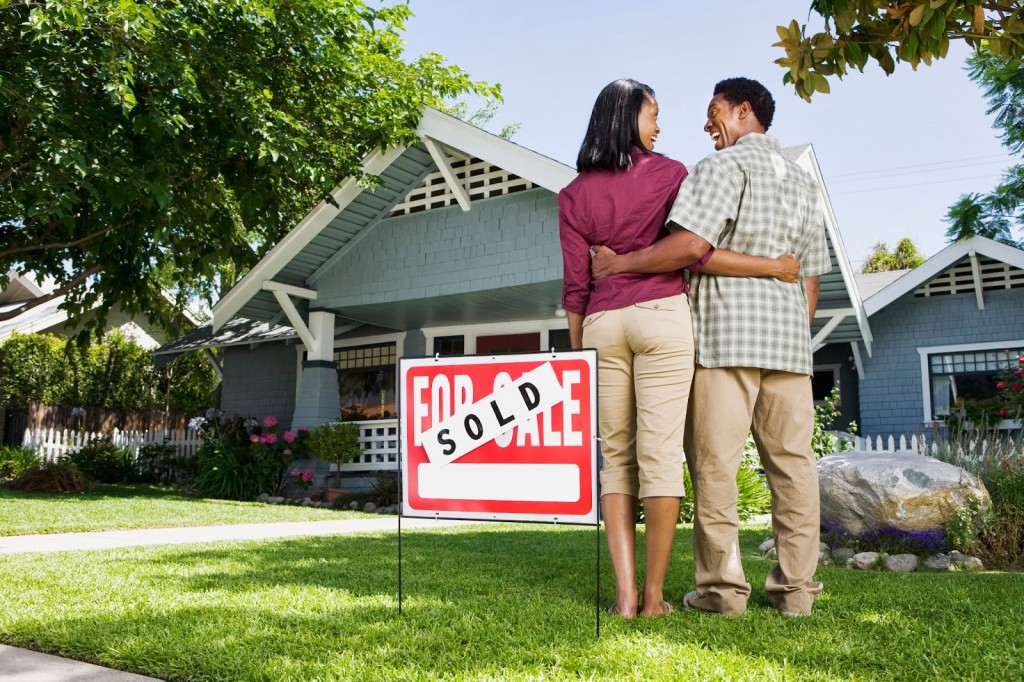History of Australian homeowner equity
In August 2017 Roy Moran Research found that 8% of Australian homeowners and 10.3% of Queensland homeowners possibly have an outstanding mortgage balance which was almost equal to or greater than the value of their home. Simply put, this means that 345,000 of Australian homeowners have little to no equity in their home.

What does this mean for Australian and Queensland Homeowners?
This stark figure comes from Roy Morgan’s Single Source Survey. The annual survey gathers the opinions of over 50,000 Australians, including 10,000 owner-occupiers with mortgages. The most recent survey results show that –
- Among Australian mortgage holders 8% have little to no real equity in their home
- Homeowner equity has decreased since August 2016 (it was 7.1% then)
- Western Australian mortgage holders have the worst equity record, with 14% having little or no equity in their homes
- Queensland mortgage holders are a close second with 10.3% having little or no equity in their homes
- Tasmanian mortgage holders have the best equity with only 4.9% having little or no equity in their homes
Interestingly, the survey also highlighted that the mortgage holders with little or no equity in their homes tended to have much lower average home values. Homeowners with little or no equity had an average home value of $501,000. However, the average home value across all mortgage holders was $761,000. The Real Estate Institute of Queensland (REIQ) pointed out that this was likely due to the increasing home prices in Melbourne and Sydney. These two cities have experienced much higher home value increases than other states. This is relevant because a home’s value determines what proportion of equity a homeowner holds. For example, if a home’s value increases, the mortgage becomes a smaller percentage thereby increasing the homeowner’s equity.

Why is having little or no equity in your home a problem?
Having little or no equity in your home can be a financial risk. This is based on the fact that if you have to sell, lose your source of income, or if house prices decline, the value of your home may not be enough for you to pay off your mortgage. Imagine having sold your home and still owing money on your mortgage!
Homeowners also need to be wary of home-loan rate rises. If rates rise, repayments would increase and home prices may decline. This would lower equity even further.
Luckily, on average, the value of properties in Australia subject to a mortgage is well in excess of the amount outstanding but there are problem areas. And it is no longer responsible to simply reply on the value of your home increasing to improve your equity position.
What can Queensland homeowners do to increase our equity?
The first step is to increase your financial reserves. Canstar spokesperson Belinda Williams says, “The first step is to build a financial buffer into your repayment plan by cutting back on your spending.”
Her second tip was something that most mortgage holders neglect to do. She says, “If you haven’t already, approach your bank for a better rate or consider switching in search of a better deal.”
There are definitely some low rates in the market now, particularly for owner-occupiers. If you’re unsure of how to search for a better deal you can always talk with a mortgage broker who can help you.

Fun Facts on Australian Homeownership from the Survey of Income & Housing:
- Since 1995 Australian home ownership rates have hovered between 69% – 71%.
- The proportion of homeowners with mortgages began to exceed outright home owners in 2004.
Sources:


